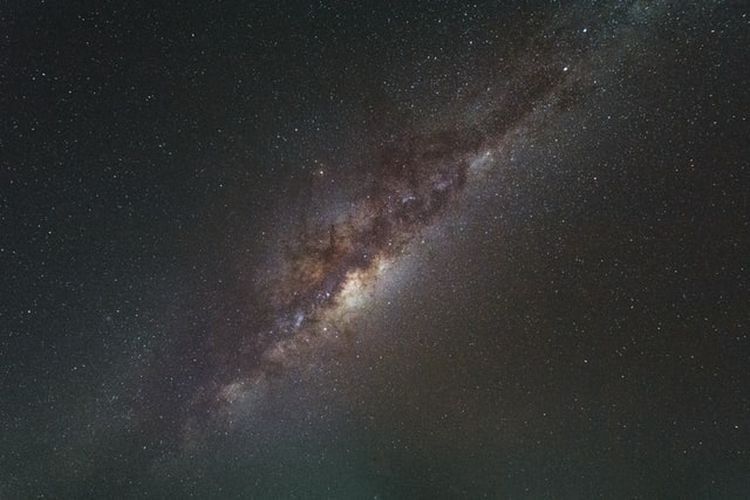
The Milky Way Galaxy is where we are. It is difficult to get a complete picture of this galaxy because of the position of our Earth in it.
However, everything started to change in the 1990s as telescope technology developed. This development accelerated in 2012 when the European Space Agency launched the Gaia mission.
Characteristics of the Milky Way Galaxy
The sun and the planets in our solar system are part of the Milky Way galaxy. A galaxy is a collection of stars, gas, and dust gathered together due to gravity. Following are the characteristics of the Milky Way Galaxy:
The Milky Way galaxy consists of 4 main features, namely the bulge (the center of the brightest galaxy), the galactic disk, the stellar halo (a tenuous area that surrounds the Milky Way and rarely have stars here), and the globular cluster (a spherical cluster containing stars). old).
The shape of the galaxy is a spiral.
In English, our galaxy is called the Milky Way because of its milky white appearance when viewed from a dark area.
The estimated number of stars in this galaxy is about 100 billion stars.
The diameter of the Milky Way Galaxy is about 100,000 light years.
Our solar system is about 25,000 light years from the galactic center.
Just as the planets orbit around the Sun, the Sun also moves around the center of the Milky Way Galaxy.
Once our solar system evolves towards the center of the Milky Way Galaxy it takes 250 million years.
History of the discovery of galaxies
The Milky Way galaxy was first discovered by Charles Messier in the 18th century and is referred to as a nebula. Messier regarded it as a fuzzy object and continued to observe this object. He hesitated to distinguish this object from a rocket, a celestial body that was widely observed at that time.
Eventually, Messier discovered that comets and galaxies are both fuzzy objects. However, comets appear dimmer, while galaxies are brighter. At that time, Messier and his friend Pierre Mechain managed to document 110 nebula objects without knowing that some of them were galaxies.
It wasn't until 1920 that Edwin Hubble revealed that the Andromeda Nebula was another galaxy outside the Milky Way. Hubble concluded from the results of calculating the distance from Earth to the Andromeda Nebula. As a result, Andromeda is far from the Milky Way. This is the beginning of the experts to define galaxies, especially the Milky Way Galaxy.